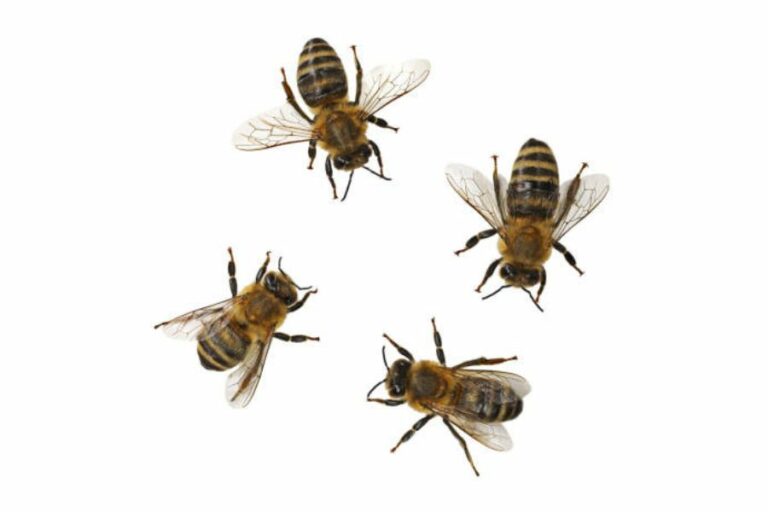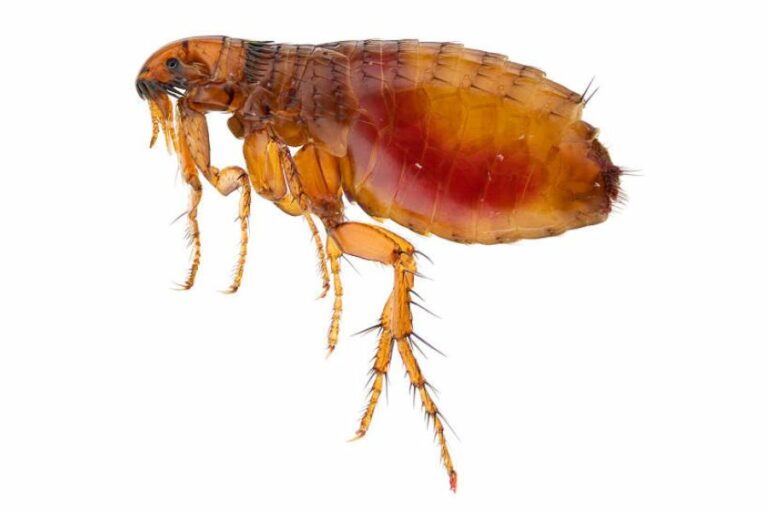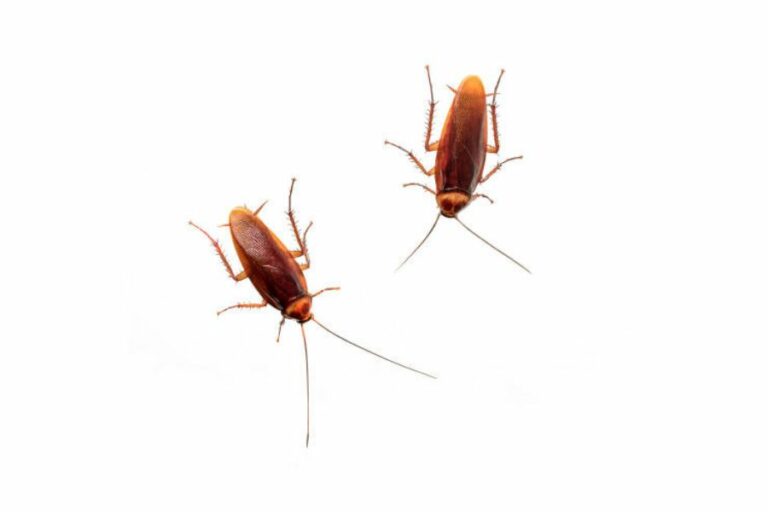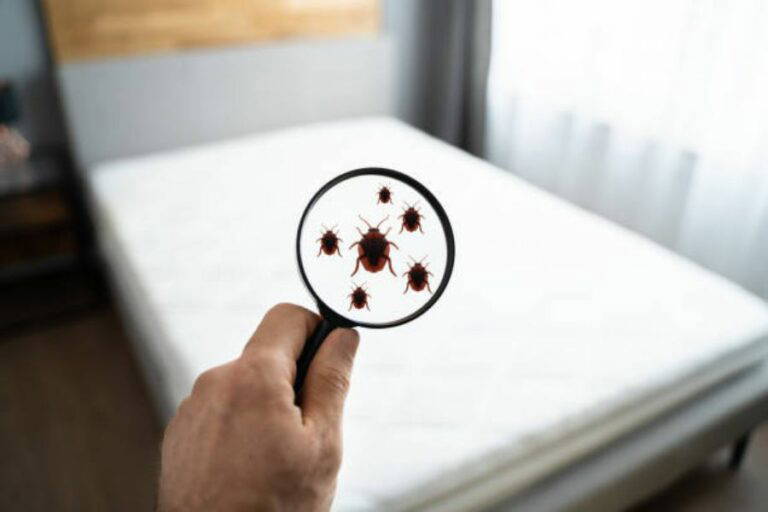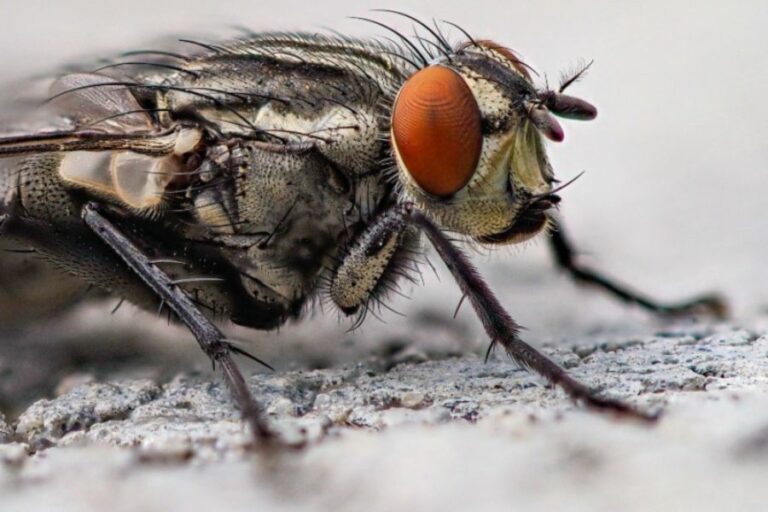Dealing with a Surprising Ant Infestation
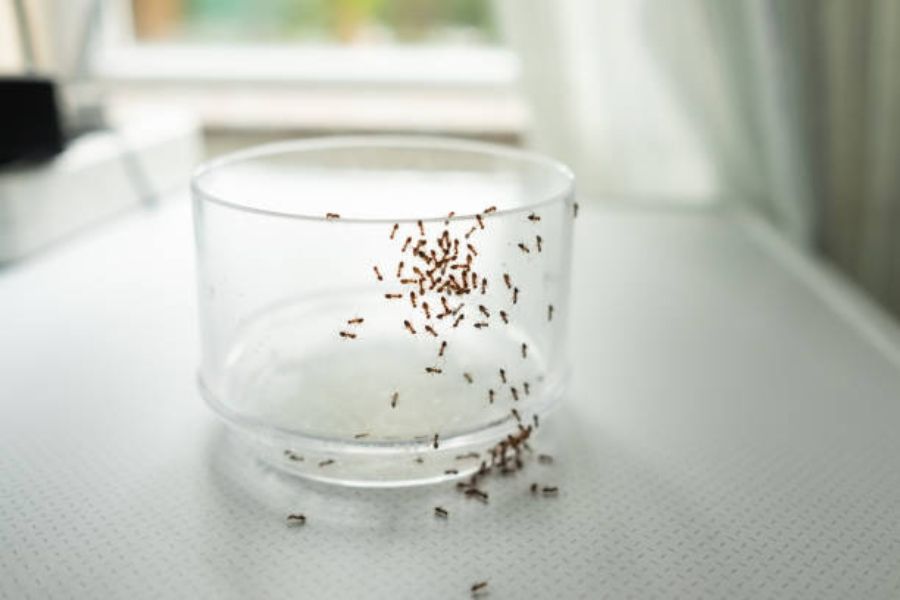
What are the signs of an ant infestation?
Detecting signs of an ant infestation early on is essential for mitigating potential damage and addressing hygiene concerns. By recognising critical indicators of an ant infestation, such as visual sightings of live ants, trails, nests, ant mounds, damage to structures, and unusual odours, you can take prompt action to seek professional pest control assistance. This blog will outline these signs, enabling you to effectively identify and address ant infestations.
Visual Sightings: One of the primary signs of an ant infestation is the presence of live ants in and around your premises. Commonly seen foraging for food and water, ants form visible trails leading from their nest to their food source. Please pay close attention to their physical appearance, as different ant species vary in size, colour, and behaviour.
Piles of Ant Trails: Ants communicate through pheromones, leaving chemical trails to guide other ants to a food source. Consequently, the accumulation of visible ant trails, particularly in kitchens, pantries, or food storage areas, may indicate a significant ant infestation. These trails can appear as dark, irregular lines along walls, floors, or countertops.
Nests and Nesting Materials: Ants build their nests in various locations, such as soil, wall voids, under floors, or cracks and crevices. If you notice small piles of excavated dirt or sawdust-like debris near baseboards, window sills, or other potential entry points, this could indicate ant nesting activity. Additionally, inspect outdoor areas for anthills, particularly near the foundation or in gardens.
Presence of Ant Mounds: Some ant species, such as fire ants, construct visible mounds in open spaces like lawns or garden areas. These mounds typically consist of loose soil and can reach heights of several inches. Spotting such ant mounds in your yard strongly indicates a potential infestation.
Damage to Wood or Structures: Certain ant species, including carpenter ants, excavate galleries within wooden structures, potentially causing severe damage. Look for tell-tale signs like small holes or tunnels in wooden elements, such as window frames, door frames, or structural beams. The presence of wood shavings or frass (excrement) near these areas may also signify a carpenter ant infestation.
Unusual Odours: Specific ant species release defensive chemicals when threatened, resulting in distinctive odours. If you notice an unusual, musty smell, particularly near walls, floors, or areas where ants are active, it could indicate a significant ant infestation.
How to get rid of ants?
Identify the ant species to determine the most effective treatment method to eliminate an ant infestation. Maintain cleanliness, removing food sources and sealing entry points to prevent their access. Erase ant trails with soapy water or vinegar to disrupt their communication. Natural deterrents like cinnamon or mint can be used near entry points. Set up ant baits to attract and poison the ants, ensuring they carry it back to their colony. If the infestation persists, consider consulting a professional pest control service for specialised assistance in eradicating the ant problem thoroughly.

Does pest control deal with ants?
Yes, pest control services commonly deal with ant infestations. Professional pest control companies have experience and expertise in identifying the type of ant species, locating their nests, and implementing effective treatment strategies to eliminate the infestation. They employ various methods such as baiting, insecticide sprays, dust treatments, or foams to target ants at their source and control their population. Pest control professionals can also guide preventive measures to minimize the risk of future ant infestations. If you are facing an ant problem you cannot handle on your own, contacting Liverpool Pest Control services for help.
How do ant baits work?
Ant baits work by using attractive food-based substances mixed with a slow-acting insecticide. The bait stations or gels are strategically placed where ants are active or likely to forage. The foraging ants are attracted to and consume the bait, carrying some back to their colony to share with other ants. The slow-acting insecticide allows the ants to return to their nests before the effects become evident. As the bait is shared among the colony, including the queen, it can effectively eliminate the entire ant population, including the source of the infestation.
Professional pest control services often use ant baits as part of their treatment approach, as they can target the entire colony and provide long-lasting results. In addition to baits, pest control professionals may also use other methods like an antibacterial fogging spray, wet spray treatment, or fumigation, depending on the severity and nature of the infestation. These methods can help eliminate ants present in specific areas or inaccessible spaces. While DIY methods are available for ant control, professional pest control services are often the most effective way to remove an ant infestation permanently.
When should I be worried about ants?
You should be concerned about ants when you consistently spot them indoors in large numbers or in multiple areas, as it may indicate an infestation. Additionally, it is crucial to address the issue promptly if ants are causing structural damage, posing health and safety risks, contaminating food sources, or damaging your garden or landscape. Taking proactive measures when you observe these signs will help mitigate potential problems and maintain a pest-free environment.
How to prevent ants from entering the house?
To prevent ants from entering your house:
- Seal off entry points by caulking cracks and gaps in walls, floors, windows, and doors.
- Maintain a clean environment by regularly wiping down surfaces, storing food in sealed containers, and promptly cleaning up spills.
- Eliminate standing water sources, trim outdoor vegetation away from your house, and use natural deterrents like cinnamon or black pepper near entry points.
- Regularly inspect and clean outdoor areas to remove potential nesting sites.
- Following these measures will help keep ants from entering your home.

How do you tell if ants are living in your walls?
Determining if ants in your walls can be challenging, but there are signs to watch for. Look for audible sounds like rustling or tapping, ants crawling along walls or near openings, trails along the wall surface, debris such as frass or wood shavings near wall openings, and faint streaks or smudges that may indicate pheromone trails. If you suspect ant activity in your walls, it is best to consult a professional pest control service for accurate assessment and appropriate treatment.
Why do I suddenly have an ant infestation?
Seasonal changes can cause sudden ant infestations, the availability of food and water sources, entry points in your property, nearby infestations, and favourable nesting conditions. Identifying the specific reason behind the infestation is essential for implementing appropriate preventive measures.
How do I know if the ants are gone?
Determining if ants are entirely gone can be challenging, but sure signs can indicate their absence. If you no longer see ants for several weeks, observe disrupted ant trails, find no ant-related damage or nesting sites, and notice a lack of ant activity around food sources, the ants may be gone. However, it’s essential to remain vigilant and continue preventive measures to ensure they don’t return. Consulting a professional pest control service can provide further confirmation and guidance in confirming the elimination of ants from your property.
